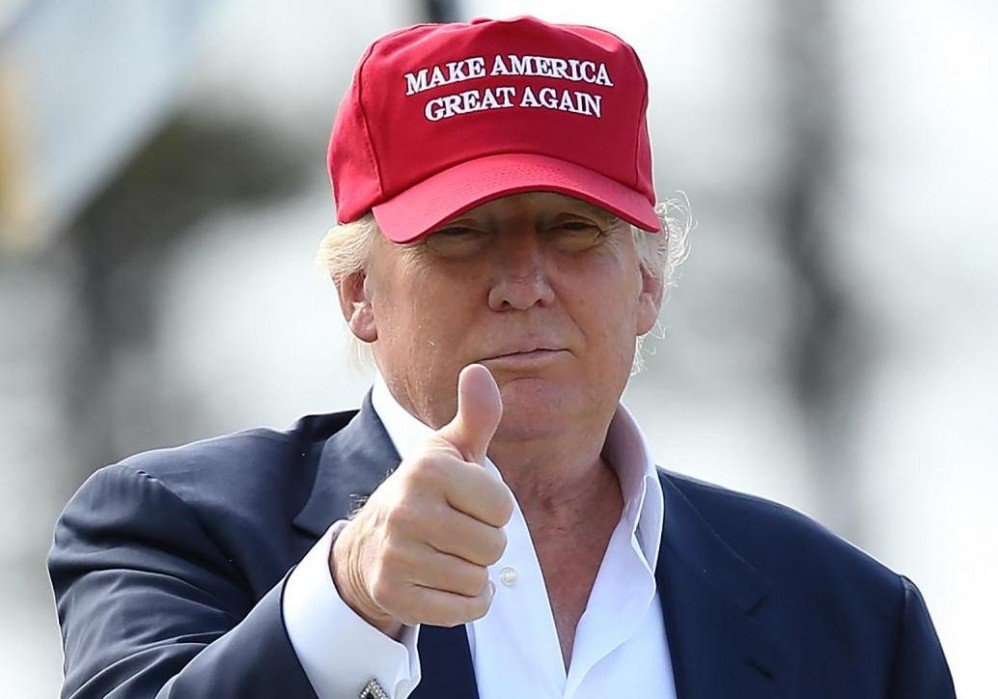The New Year is finally here, and we are anticipating the market to make an exciting New Year’s resolution that will benefit traders. While volatility lacked in 2016, we expect the market to change it’s ways, and be more volatile 2017.
The key driver for volatility revolves around the uncertainty of Trump’s economic policies. With so many expectations riding on Trump’s plan to “make America great again,” any delay or resistance, could greatly effect the market. Trump has such an effect on the market that a recent tweet by him, criticizing fighter-jets programs, caused Lockheed Martin’s stock to drop by 3% on unusually heavy volume.
Furthermore, Brexit and Trump’s victory revealed a huge disconnect between Wall Street and Main Street, awakening a push for nationalism within the U.S and some European countries. With major elections taking place this year in the Netherlands, France, and Germany, the question remains whether new leadership in these nations will result in them leaving the European Union too. According to Barrons, the Netherlands vote in March on a new Prime Minister, and the right-wing front-runner, Geert Wilders, is in favor of both “Nexit” and stricter immigration policies. Each election may cause substantial volatility in the market, especially if the result is a weakening EU alliance.
Additionally, the U.S Federal Reserve meets eight time in 2017, and the European Central Bank meets each month. These meetings may cause volatility to pick up as the debate over interest rates unfolds. Typically, as rates are on an upswing, equities are sold, and volatility picks up.
So, how will this influx of volatility benefit traders?
Most traders and investors are scared of market volatility, but they shouldn’t be. This fear stems from the notion that in a volatile market, downside risk of an investment increases. While this is true, most traders fail to recognize that while there may be more downside risk, there is also greater profit potential.
In fact, a study done by Princeton economist, Burt Malkiel, from 2000-2010, analyzed dollar cost averaging in a volatile market, where you invest regularly rather than just putting in a lump sum from the beginning. He found that regular investing, in a volatile market, had a 1 percent higher return for each dollar invested.
Furthermore, perfecting a trading plan that can take the “fear” and “greed” out of your trading is the key to reaping profits in a volatile market. While this may not be easy, the trick is for traders to accept their emotions and only make trades based on their specific set of trading rules. A trading plan can include specifications as to the time of the day/week/month trades are made, indicators used to enter/exit trades, the maximum draw down per trade, betting strategy, etc.
When making a trading plan, it is important to consider your account size for good risk management. In smaller accounts, placing stops may be necessary to protect yourself from larger price swings. Most experienced traders will tell you to place stops wider than you normally would. One technique is to crunch some numbers, double the distance of your stop (the amount you are willing to lose), and cut your position size in half.
On the other hand, to avoid exiting a trade prematurely during an advance, a good strategy is to take half of the position off and then let the rest of the position ride as long as it can. This will reduce your exposure to large swings in a volatile market and give you an opportunity to profit even more.
Taking into consideration that volatility is expected to pick up in 2017, now is the perfect time to develop a trading plan to take advantage of big swings in the market. There are many trading strategies already out there for traders to work with and make there own. That being said, we teach an excellent strategy that feeds on volatility to capture profit with the Notes over Bonds Spread. Click on the “Learn” tab at the top of the Trader Of Futures website for more information.



